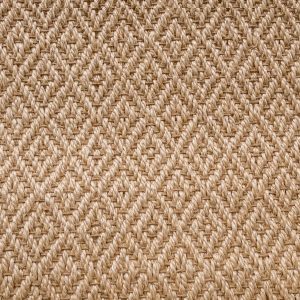Tufting: An advanced technology in the textile industry and Tufting is one of the advanced methods in the textile industry that is used to produce flooring such as carpets, machine-made rugs, and even some furniture and decorative fabrics. This technique, using mechanized devices and modern technologies, allows for the production of a variety of high-quality products at a reasonable cost. In this article, we will introduce the tufting texture method, its applications, features and benefits.History and emergence of tufting texture

Tufting was developed in the United States in the 1950s and was initially used to produce simple products such as pile carpets. This technology quickly found its place in the textile industry and, with continuous improvements, became one of the main methods of flooring production.
How Tufting Works
1. Primary process:
In tufting, the threads are injected into a base layer (Back) through a series of needles. These threads are placed on the surface of the product in two main forms: Loop Pile: The threads remain in a loop. Cut Pile: The threads are cut after injection to create a pile. 2. Fixation: After the thread structure is created, a layer of adhesive (such as latex) is added to the back of the product to secure the threads in place. This step increases the durability and strength of the carpet.
3. Finishing:
In the final step, the carpet surface is cut or processed to create the desired appearance and quality.
Features and Benefits of Tufted Texture
1. High production speed: Tufting machines are able to produce a variety of products at high speed, which reduces production costs. 2. Design diversity: Possibility of producing different designs using various yarns and colors. Possibility of combining loop and cut weaves to create three-dimensional patterns. 3. High resistance:
Tufting products have good resistance to abrasion and pressure due to proper gluing and fixation.
4. Versatility: This method is suitable for producing flooring with various applications (home, office, industrial). Applications of tufting: Carpet: The most common application of tufting is in the production of various types of carpets. It is a carpet designed for use in homes, hotels, mosques and offices. This method is used in the production of floor coverings. Industrial resistant fabrics that require high durability are used.
Disadvantages of tufting
Requirement of industrial infrastructure:
The difference between tufting and other methods1. Compared to hand weaving:
- The production speed in tufting is much higher.
- The production cost in the tufting method is lower.
2. Compared to machine weaving:
- Tufting is better for producing pile and loop products.
- Tufting machines are usually more specialized.
#000000;">The Future of Tufting Technology
With the advancement of technology and the use of smart devices, tufting is moving towards producing environmentally friendly products with greater durability and more complex designs. The use of recycled yarns and sustainable raw materials is one of the future trends in this industry. a special place in this industry with its high production speed, variety in designs, and appropriate resistance. This technology not only reduces costs, but also enables the production of high-quality products for various applications.



